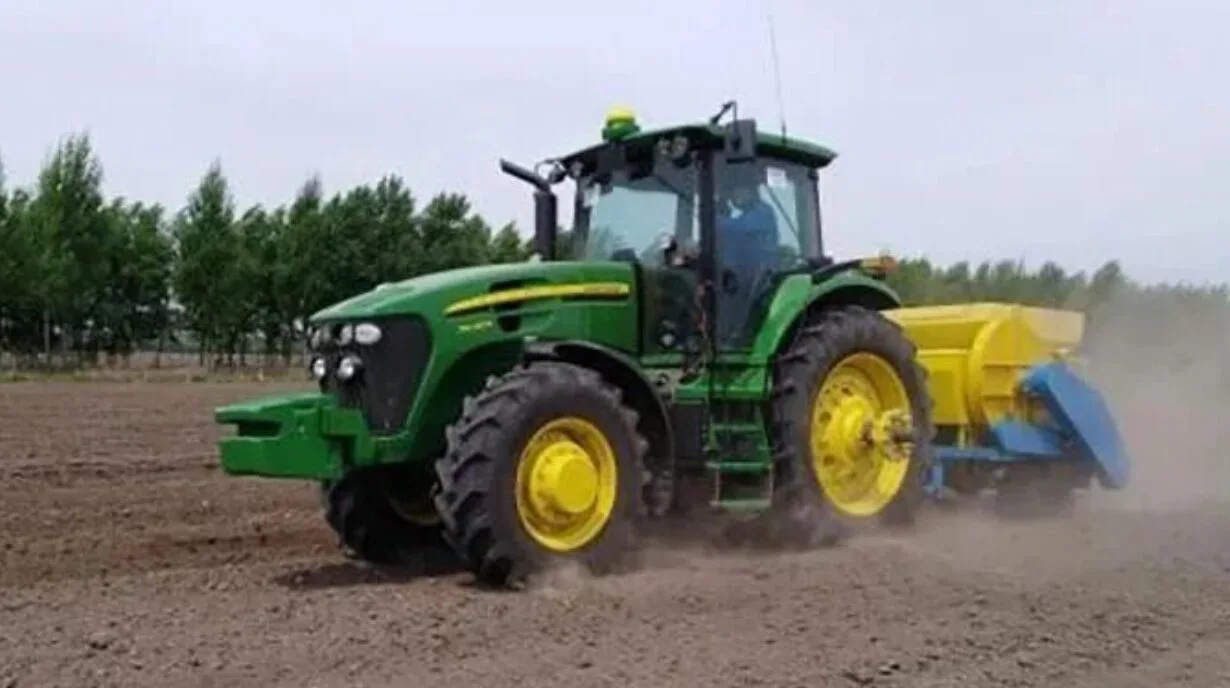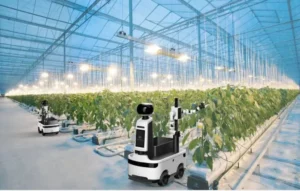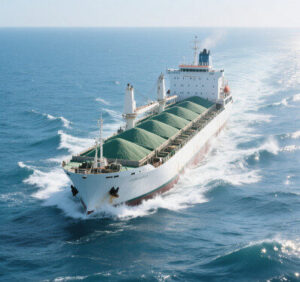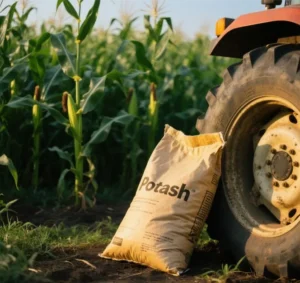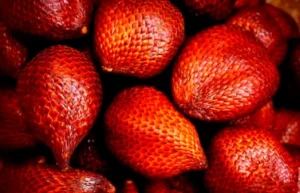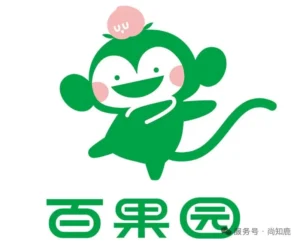Agriculture, the backbone of global food security, is undergoing a profound transformation driven by technological innovation. China, a country with a rich agricultural heritage and a large farming population, is developing advanced machinery that is reshaping traditional farming practices. The pneumatic, high-efficiency, precision potato planter is a remarkable example of this shift, embodying the transition from labor-intensive to technology-driven agriculture. This article explores the technical advancements, benefits, and broader implications of this innovative machine, emphasizing its potential to increase productivity, ease farmers’ workload, and promote sustainable farming practices.
1. Overcoming Traditional Challenges: The Birth of a “Sowing Revolution”
Potato cultivation is vital for food security and economic stability but has long faced challenges associated with traditional sowing methods. Manual planting relies heavily on physical labor, is time-consuming, and is prone to errors. Farmers often experience back strain and fatigue, and inconsistent spacing and depth can lead to uneven crop growth and lower yields. As agricultural modernization gained momentum, the need for mechanization became urgent. The pneumatic potato planter emerged as a game changer, addressing these issues with cutting-edge technology, such as high-speed, low-loss suction seed extraction and positive-pressure, zero-speed seed delivery. By automating the planting process, the pneumatic potato planter enhances efficiency and sets a new standard for precision agriculture. This technology has notably demonstrated a 5-8x improvement in efficiency compared to manual sowing and a 2-3x improvement compared to traditional mechanical planters. It enables farmers to cover 30-50 acres per day, in stark contrast to the 2-3 acres achievable through manual labor.
2. Precision Engineering: The Core of the Pneumatic Planter
The planter’s design incorporates several functions — trenching, fertilizing, sowing, covering the soil, and compaction — into one coordinated system. At its core is an advanced seed metering system that uses a combination of suction spoons and rollers. Conical seed spoons are guided by centrifugal force from rotating air chamber valves to precisely pick up individual seed potatoes. Tractor-powered fans generate negative air pressure to ensure accurate seed adsorption, and a second fan blows air to remove impurities. The zero-speed seed delivery mechanism compensates for forward motion, ensuring that seeds are gently placed at the desired depth and spacing. This synergy of components results in unparalleled precision, uniformity, and minimal seed damage. Importantly, the machine’s ability to select seeds based on size (30–50 grams) and shape reduces damage during handling, thereby improving germination rates and survival.
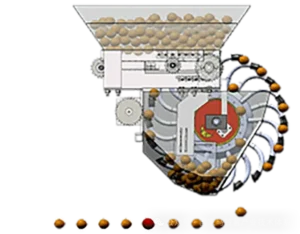
3.Transformative Advantages: Efficiency, Consistency, and Sustainability
The pneumatic planter has many advantages:
- Precision sowing: Unlike manual or traditional mechanical methods, the planter consistently spaces seeds and controls the planting depth, for example, in double-row planting. This optimizes resource utilization, reduces competition for nutrients and sunlight, and enhances yield and quality directly. Maintaining precise spacing can increase yields by up to 20% compared to manual sowing, where inconsistencies often result in wasted resources.
- Unprecedented Efficiency: The planter’s output of 30–50 acres per day cuts labor costs by 60–80% compared to manual planting. This efficiency saves time and ensures timely planting during critical seasons, minimizing risks associated with weather fluctuations.
- Seed Quality Assurance: The machine’s selection criteria of 30 to 50 grams and its gentle handling mechanisms reduce seed damage by over 90% compared to manual sorting. This leads to uniform germination and growth. This results in higher survival rates and productivity.
- Sustainability Gains: By reducing manual labor, the planter alleviates the physical and mental strain of traditional farming. Furthermore, precise sowing and fertilization minimize waste, aligning the process with the principles of sustainable agriculture. Studies indicate that optimizing seed placement and fertilization can reduce fertilizer usage by 15-20% while maintaining yields, thereby lowering environmental impact.
4. User-Friendly Design and Long-Term Viability
To ensure widespread adoption, the planter prioritizes usability. Its control panel features clear instructions, and farmers receive training on operation, maintenance, and troubleshooting. Routine checks, such as monitoring fan performance, cleaning suction nozzles, and tightening connections, are simple yet crucial for reliability. This ease of use empowers farmers to adopt the technology without requiring specialized expertise, thus accelerating the transition to mechanized farming. Field surveys show that over 85% of farmers using the pneumatic planter report significant time savings and improved productivity. Maintenance costs typically average less than 5% of total operating expenses.
5. Future Horizons: Smart Technology and Global Impact
The evolution of the pneumatic planter is far from complete. Future iterations are expected to embrace “intelligent agriculture” with high-precision sensors, Internet of Things (IoT) integration, and 5G connectivity. Real-time monitoring of soil moisture and fertility will enable adaptive adjustments to sowing depth and fertilization. Autonomous navigation systems will minimize human intervention even further. As these technologies advance, pneumatic planters will evolve into “smart nodes” within a broader digital farming ecosystem, collecting data to optimize entire crop cycles. By 2030, projections suggest that intelligent pneumatic planters could increase potato yields by an additional 10-15% while reducing water and fertilizer inputs by 20-25%. This would position China as a global leader in sustainable potato production.
6. Conclusion: A Technology-Fueled Vision for the Future
The pneumatic potato planter is a significant advancement in agricultural mechanization that benefits both farmers and the environment. By combining precision engineering with practical usability, the planter has transformed the process of sowing potatoes from a laborious chore into an efficient, streamlined one. As it is adopted more widely, its impact will be felt throughout the agricultural value chain, enhancing smallholder incomes and strengthening food security.
This innovation ultimately aligns with global goals for sustainable intensification, demonstrating how technology can empower farmers while protecting the planet’s resources. The story of the pneumatic planter is about more than just machines; it’s about reshaping the future of agriculture, one precise seed at a time.
Looking to the future, there is significant potential for international market expansion. Plans are in the works to adapt the technology to different soil and climate conditions worldwide. This will pave the way for collaboration with agricultural researchers and organizations in various countries. This will increase accessibility to the technology and foster knowledge sharing and further innovation in the field. As these partnerships evolve, the pneumatic potato planter will become a cornerstone of sustainable agriculture.


